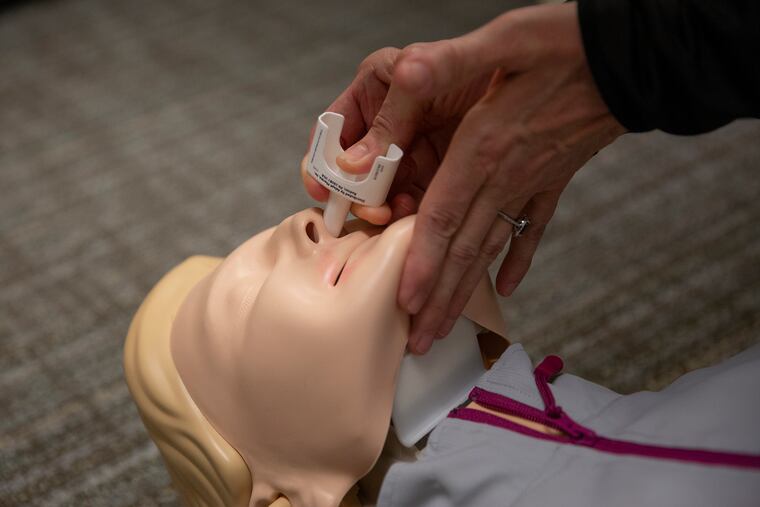Instead of just saying no to supervised injection sites, there are positive actions lawmakers can take | Editorial
Supervised injection sites are only one part of the state's response to the overdose crisis — which is still far from complete

Despite a federal court ruling that a Philadelphia nonprofit’s plan to open a supervised injection site does not violate federal law, the issue remains controversial and subject to confusion. A plan by State Sens. Anthony Williams and Christine Tartaglione to introduce legislation prohibiting supervised injection sites is not likely to add clarity or move the conversation in a positive direction.
While Williams says he is seeking to introduce legislation that would allow localities to open sites only if there is support from the communities where the sites are going to be situated, the language of the bill’s cosponsorship memoranda says otherwise, clearly stating it plans on "introducing legislation to prohibit supervised injection sites from operating in Pennsylvania.” Who would gauge community support and how is unclear.
Williams and Tartaglione’s memoranda also falsely implies the state would be dedicating resources for a site instead of other investments that the General Assembly could make, which is extremely misleading considering that no taxpayer dollars — from the city or state — will go toward Safehouse, the nonprofit that would run the site.
Supervised injection sites are only one tool in the response to the overdose crisis. There are many other tools that lawmakers could have an impact on. A few examples include:
Syringe exchange legislation. Even though syringe exchange programs have decades of proven efficacy and wide support, including from Williams, it is still a crime under Pennsylvania law to possess or give away a syringe without a prescription. Last summer, the state Secretary of Health called syringe exchanges “bread and butter public health” and said that the governor will push for legislation in the fall.
» READ MORE: There’s a way to stem the increase in HIV infections | Editorial
Require that all addiction treatment centers provide medication. Even though medications such as buprenorphine and methadone are considered the most effective treatment for opioid use disorder, the state does not require the 800 state licensed drug treatment programs to provide them. (To receive federal funds, programs are required to be able to provide medication.) Requiring treatment centers to provide medications could increase access to quality treatment, especially in rural areas of the state.
» READ MORE: ‘Mistreatment’ centers shouldn’t be adding to the opioid crisis | Editorial
Expanding the Good Samaritan law to protect from “drug induced homicides.” In 2014, the state enacted a Good Samaritan law that protects people who call 911 to report an overdose from prosecution. The law, however, has a specific exemption for homicide charges — usually involving prosecution of family and friends if they shared drugs with someone who died of an overdose. Instead of deterring drug use, all these charges do is deter 911 calls for help.
» READ MORE: Treating overdose deaths like murder will only deter 911 calls for help | Editorial
Lawmakers could also look into increasing reimbursement of primary care providers who prescribe buprenorphine to treat addiction, regulating recovery housing, pushing the Department of Correction and counties to provide addiction treatment in prisons and jails, or study why some addiction treatment slots are empty — just to name a few. Writing a bill that prohibits something is easy. Doing the complex work on implementing other solutions is harder. As long as so many people continue to die in our commonwealth — last year at a rate of 12 a day — our lawmakers should follow the evidence and use every tool possible — even the controversial ones.